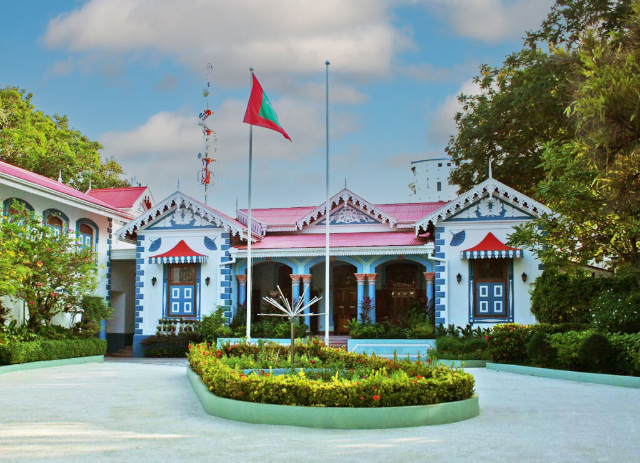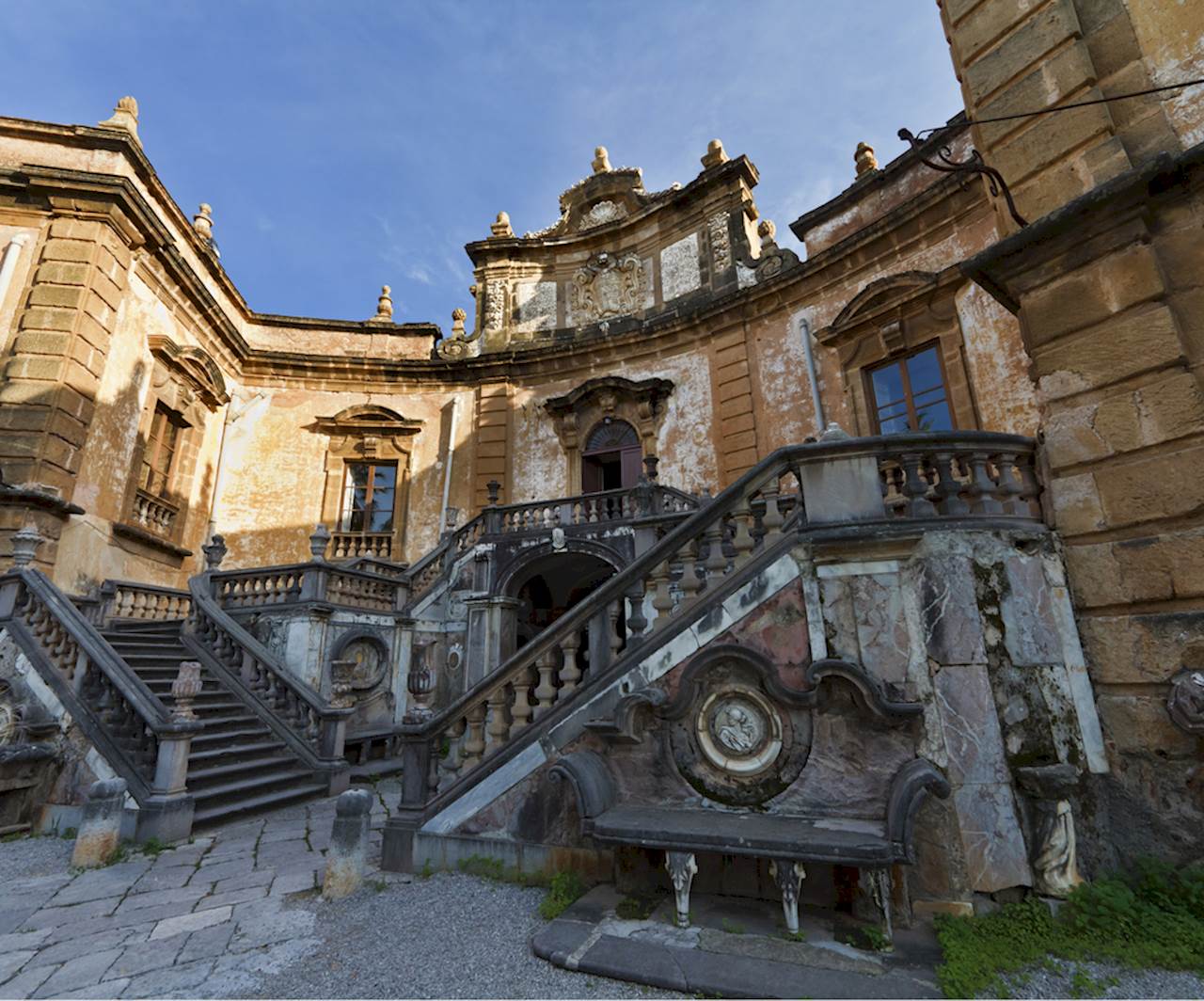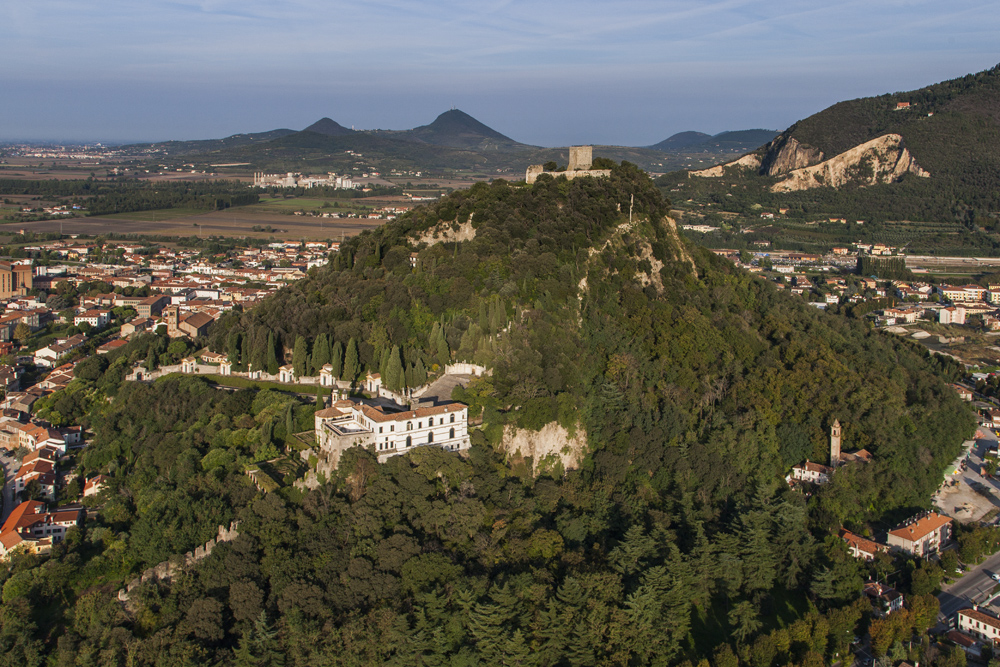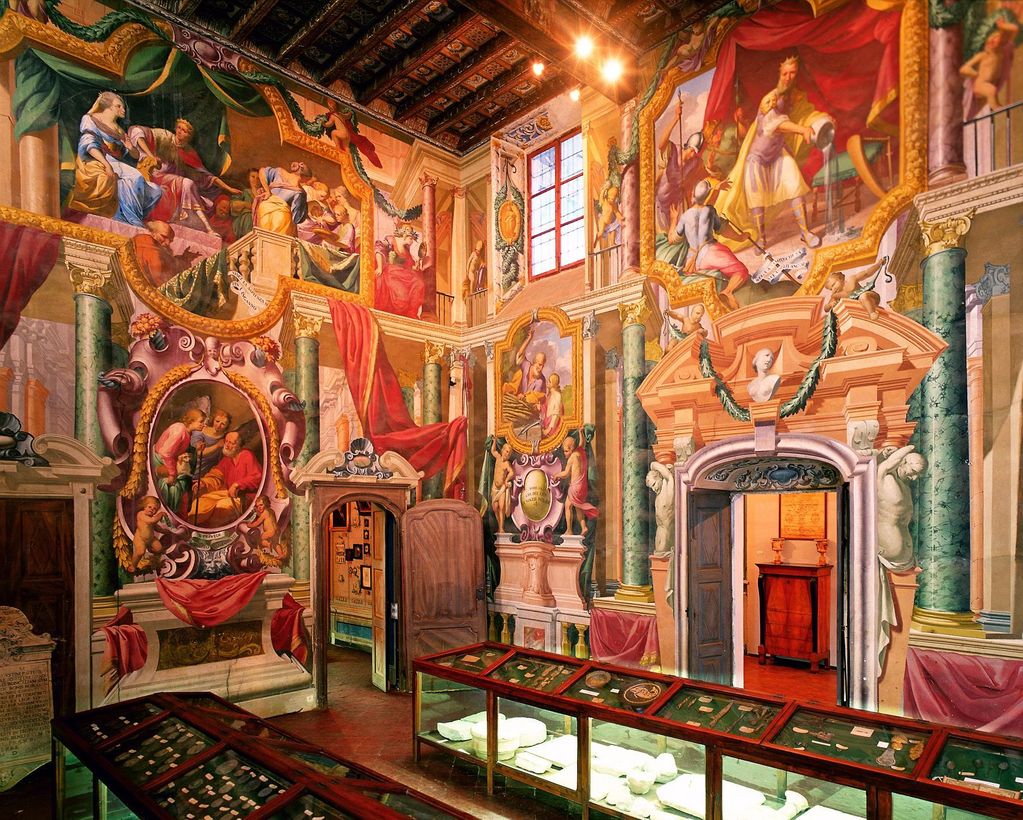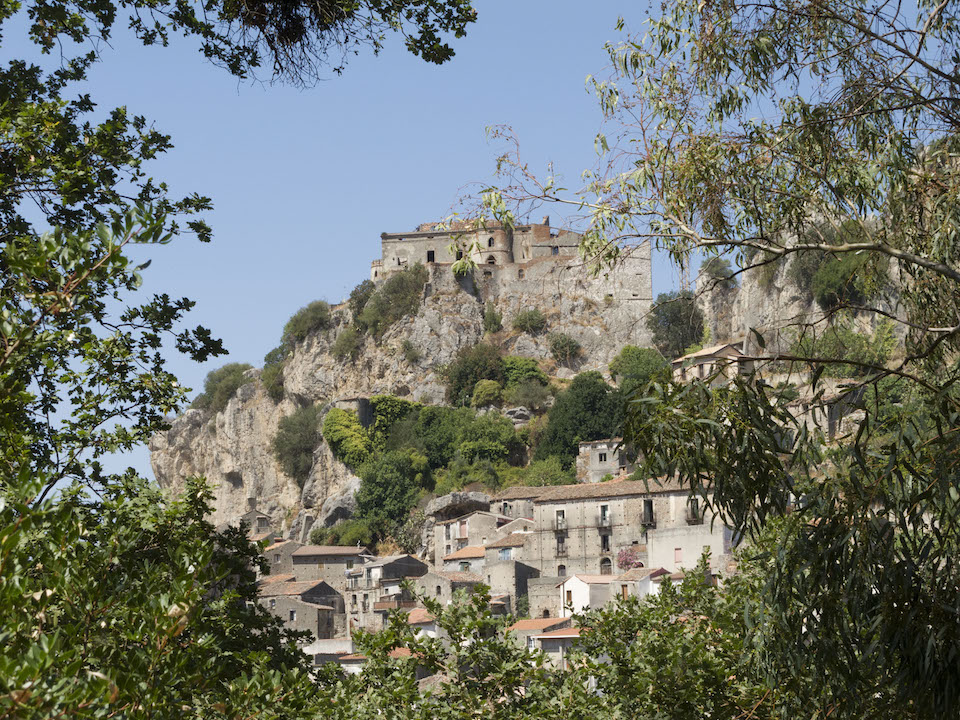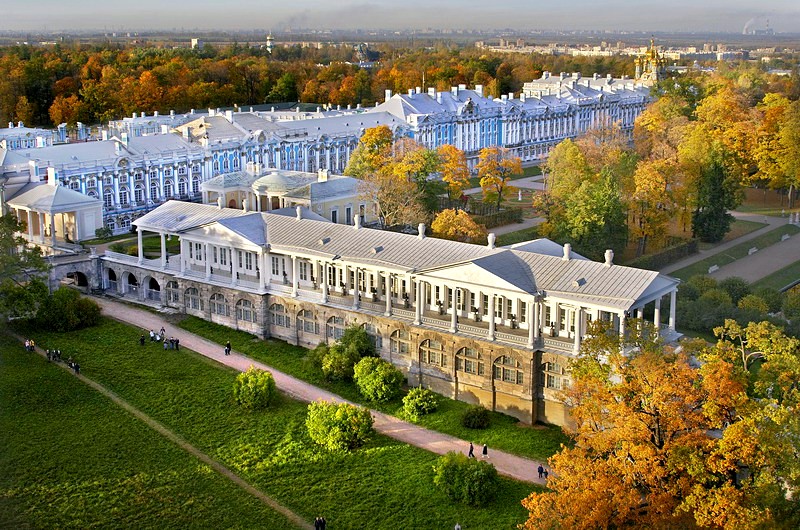The President’s Palace, also known as Mulee Aage, was built in 1906 as a residence for the Sultan of the Maldives, Sultan Muhammad Shamsuddeen III. The building was designed by Italian architect G. Lucini and features neoclassical architecture with British-style decorative elements.Over the years, the palace has undergone numerous alterations and extensions. In 1936, the palace was renovated to house the British governor of the Maldives. In 1953, the palace was converted into a school and was later used as a residence for the president of the Maldives after the country’s independence in 1965.One of the most well-known anecdotes regarding the President’s Palace concerns its underground structure. It is said that there is an underground tunnel connecting the palace to the Malé Mosque, which would have been used by the sultan for his daily prayers.The palace houses numerous works of art and artifacts of historical value, including a collection of ancient paintings and an extensive collection of photographs documenting the history of the Maldives.The President’s Palace is one of Malé’s top tourist attractions, and is generally open to the public only during national celebrations, such as Republic Day, Independence Day, and the President’s birthday. During these days, visitors can explore the building and admire its architecture, artwork, and luxurious décor.The President’s Palace is an important part of the history and culture of the Maldives, and is considered a symbol of power and authority in the country. Its beauty and historical importance make it a must-see destination for visitors who wish to learn more about the culture and history of the Maldives.
